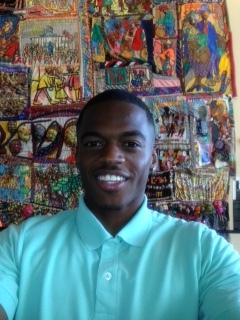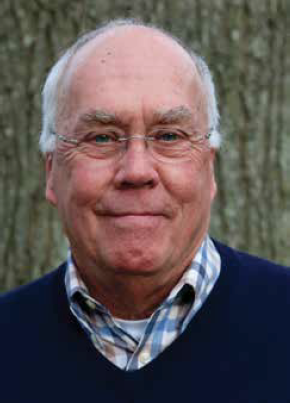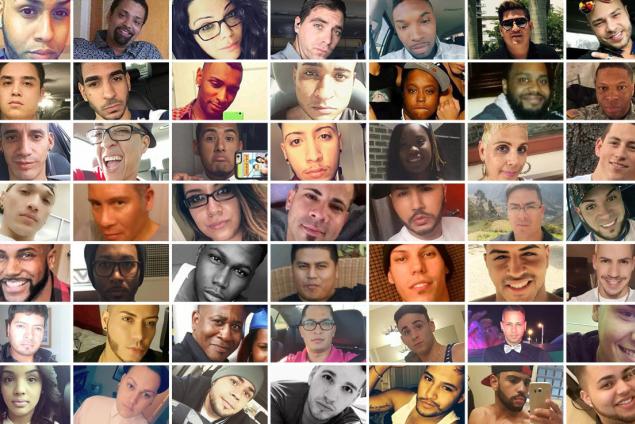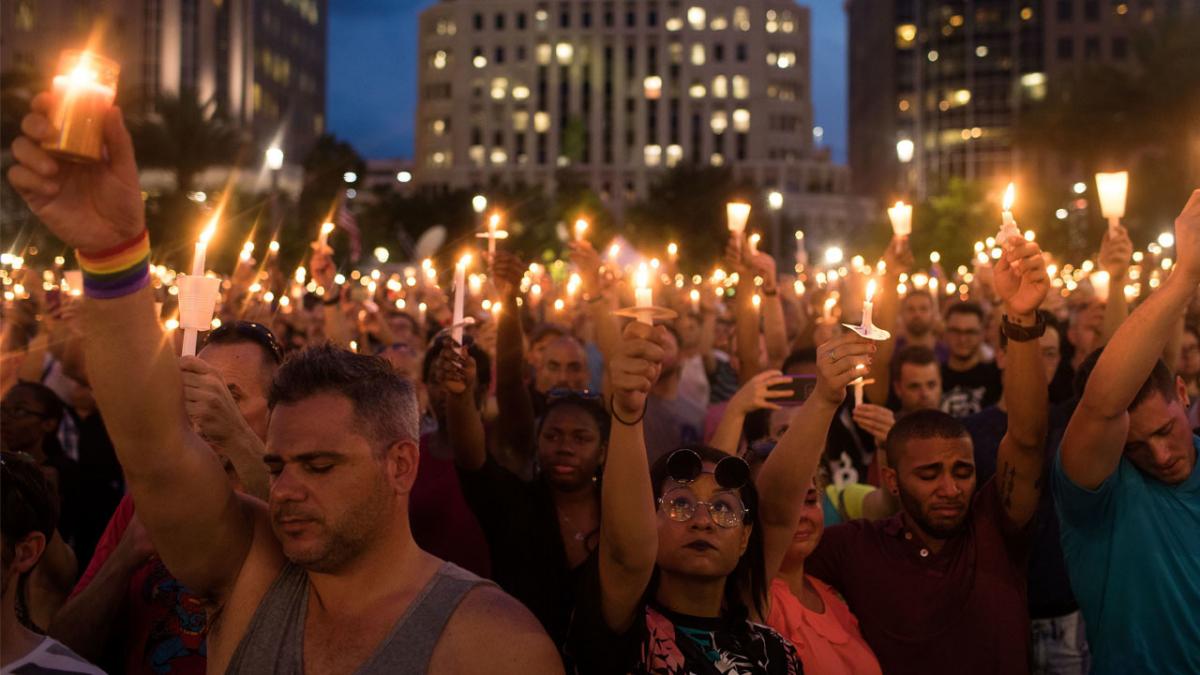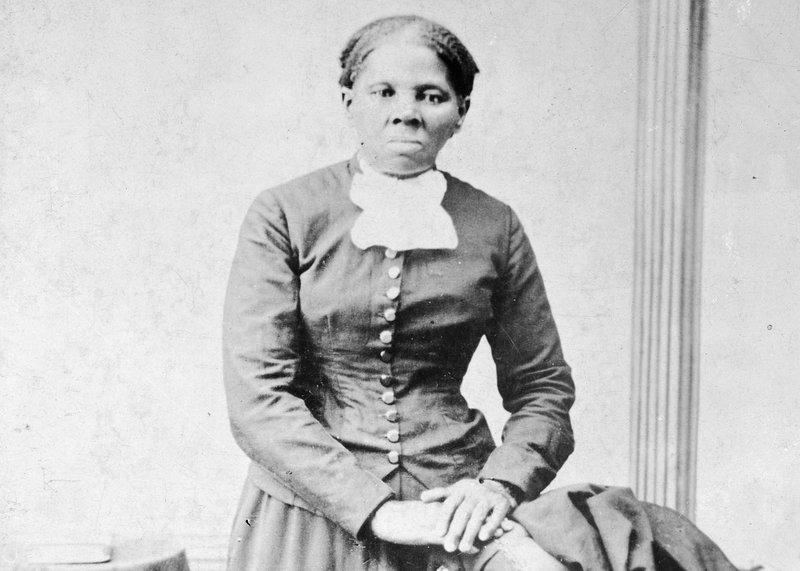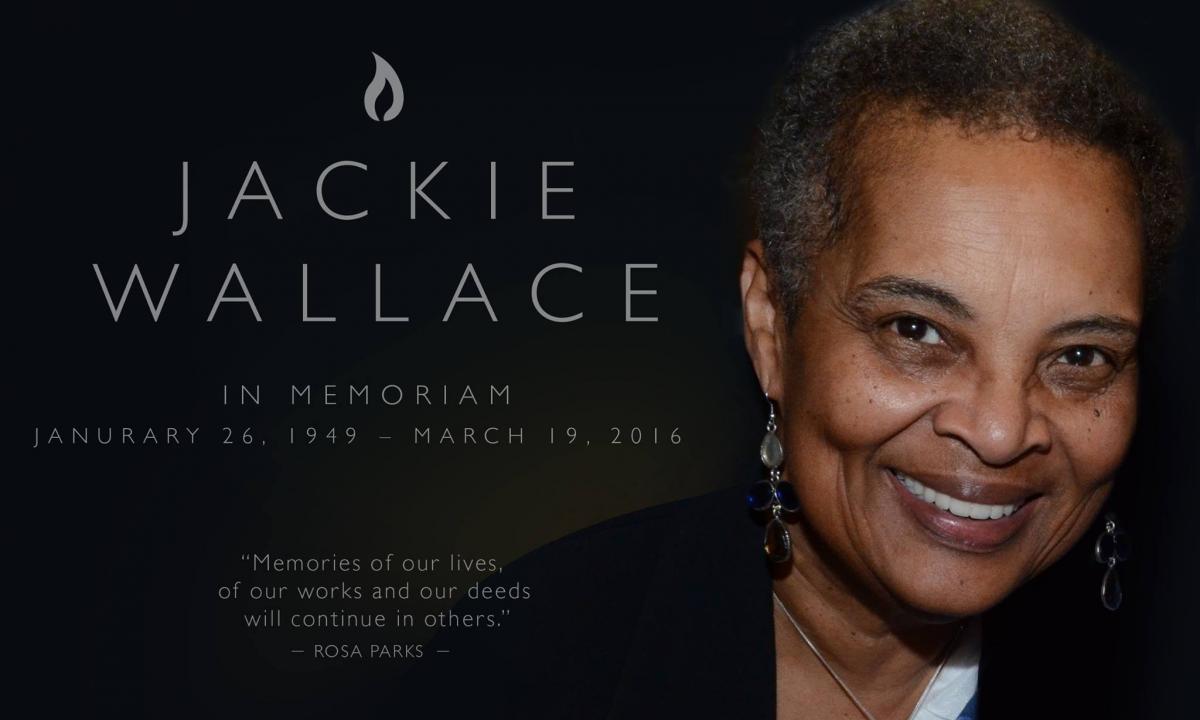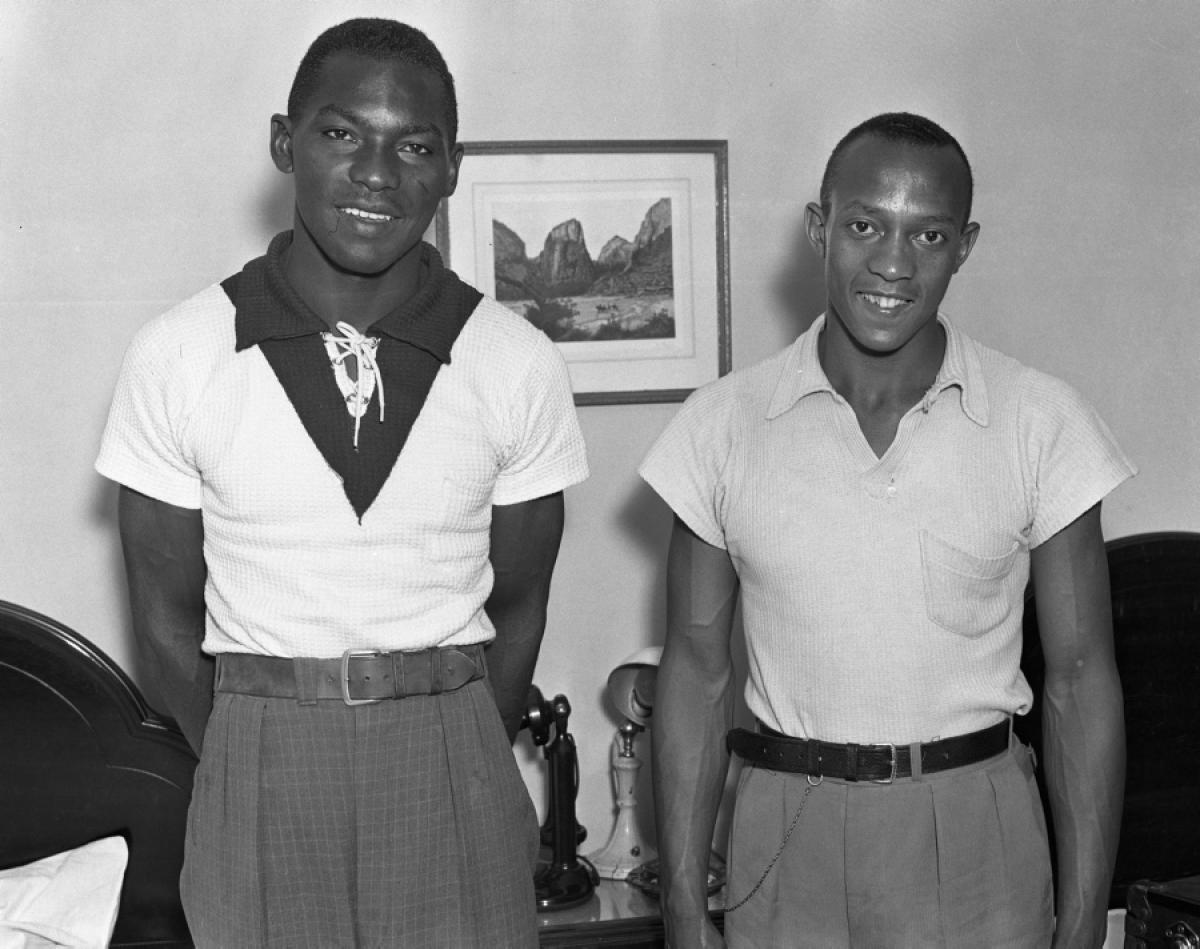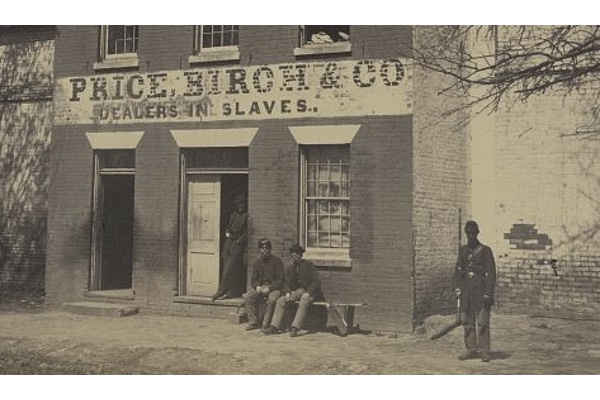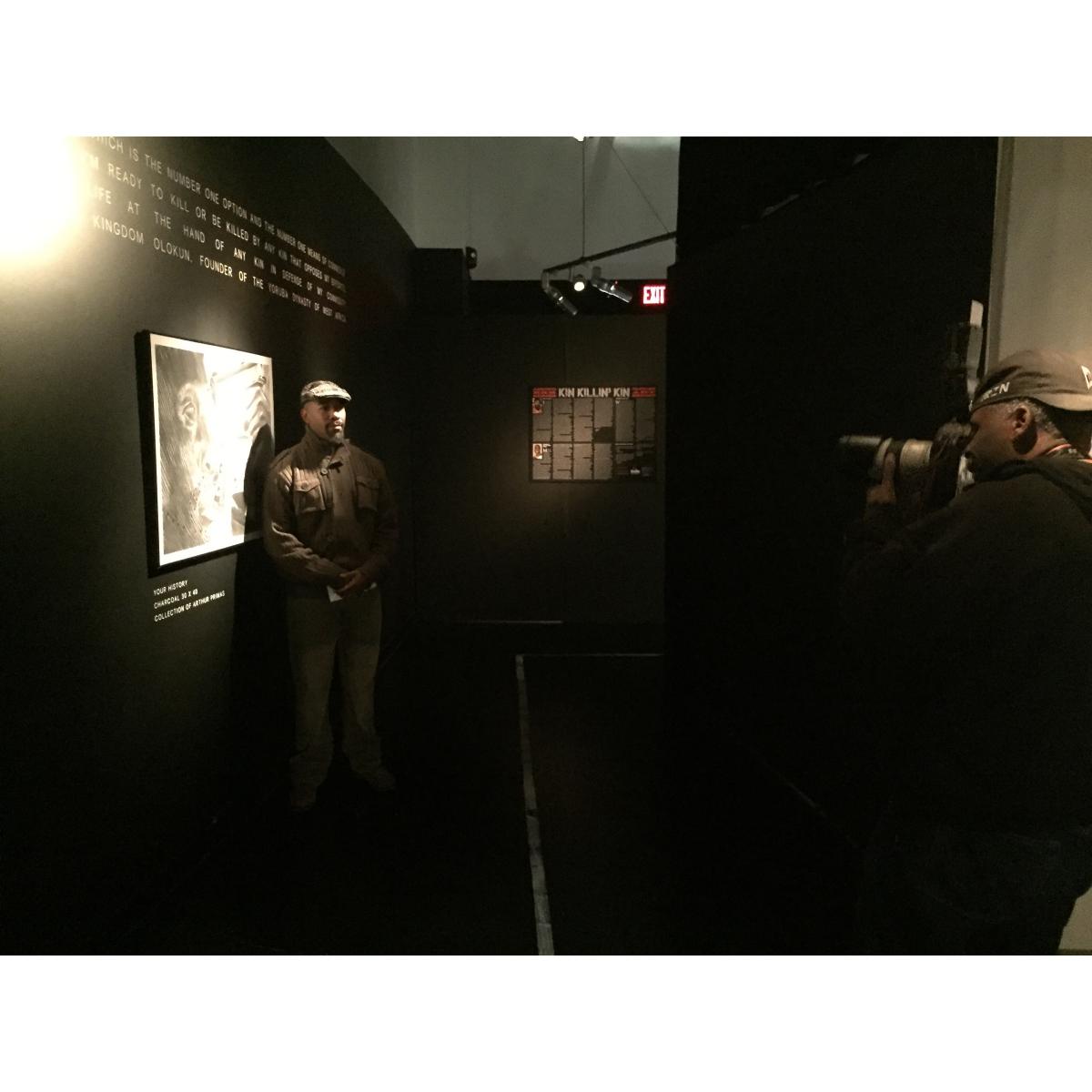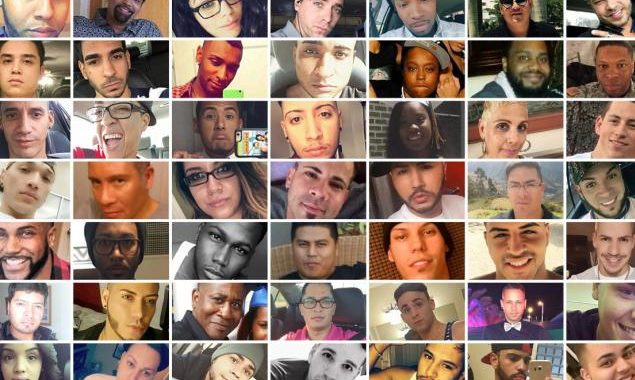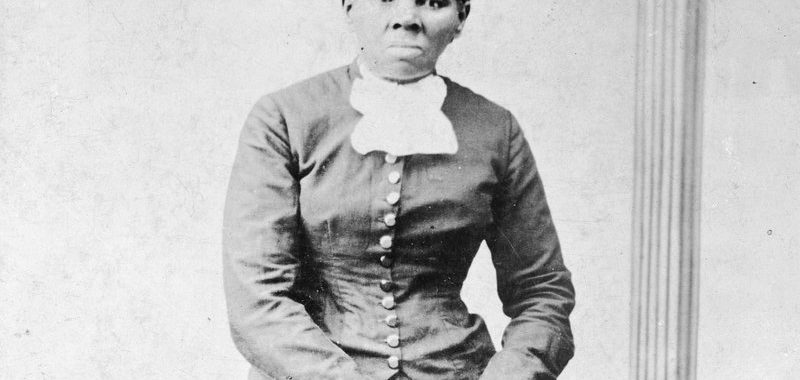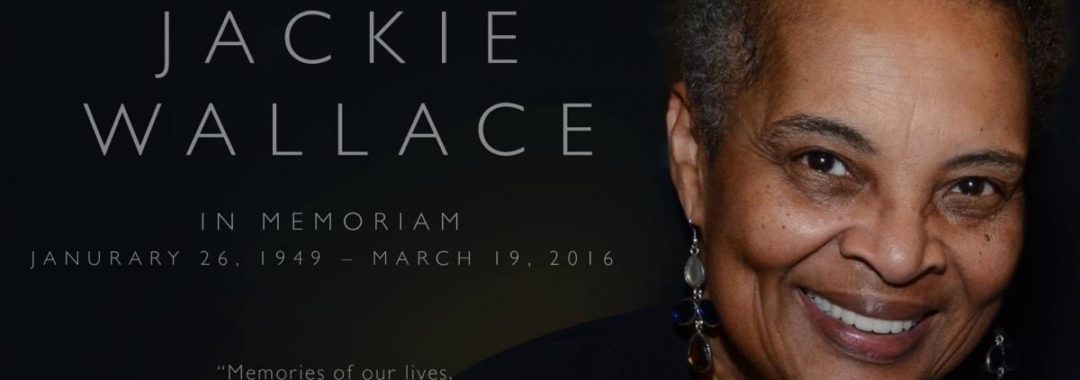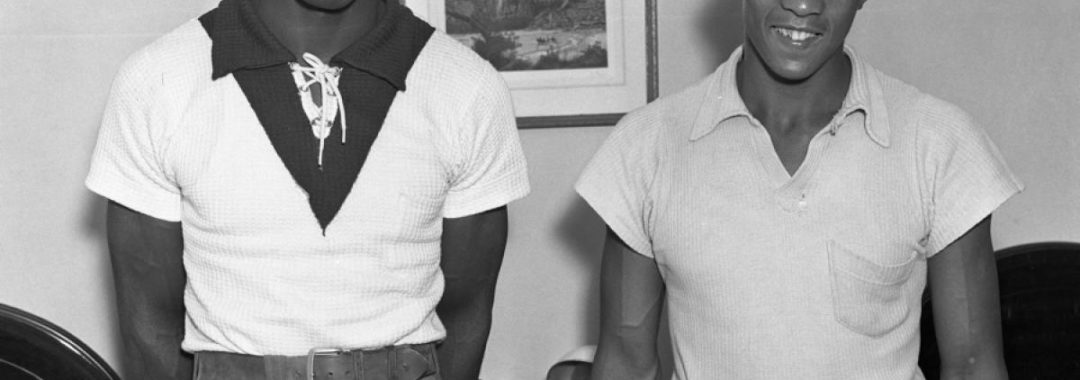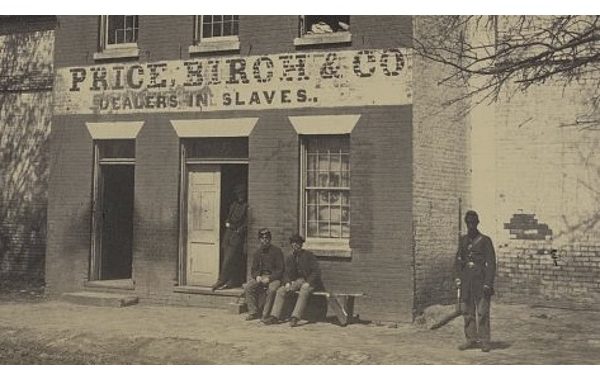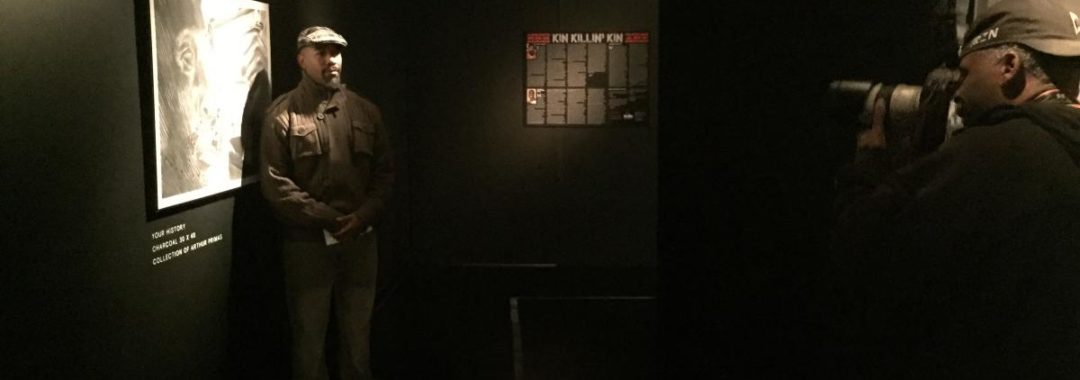In Memoriam of Jerry Gore
Jerry Gore, a retired faculty member of Morehead State University and a lifelong resident of Maysville, KY, passed away August 3, 2016, after losing a battle with pneumonia.
Mr. Gore was a respected local historian who developed a national reputation focusing on the history of enslavement and abolition in the Maysville Kentucky Metropolitan Region .
Mr. Gore was a descendant of Addison White. White fled enslavement from Flemingsburg, Kentucky, only to be discovered working on the farm of Udney Hay Hyde in Mechanicsburg, OH, more than 100 miles North East of Flemingsburg . After a confrontation with slave catchers who wanted to take Mr. White back to Kentucky, Mr. White was able to shoot his way out of almost certain capture. At least ten White citizens of Mechanicsburg fought a posse that included U.S. Marshalls, when they returned to Mechanicsburg the Marshalls were met with pitchforks and anything else the people could get their hands on in an effort to prevent the citizens who assisted Mr. White’s escape from being arrested. The running battle covered at least three counties, and several of the men involved in the fray faced a hearing in a Federal Court in Cincinnati, where they were accused of interfering with U.S. Marshalls under the provisions of the Fugitive Slave Act.
In July 1857, in the US District Court room of Judge Humphery H. Levit, a compromise was reached, as the result of the men from Mechanicsburg, OH agreeing to pay Daniel White of Flemingsburg Ky. $1,000.00 for Mr. White’s freedom.
Addison White went to Canada and started a new life, however, with the advent of the Civil War, he returned to America in 1864 and joined Company E. of the Massachusetts 54th US Colored Troops. At the end of the Civil War, Addison White returned to Mechanicsburg, OH where he found a permanent job with the village in the street department. Mr. White lived the balance of his life in peace in Mechanicsburg, where he and his wife, Amanda, are now buried in Maple Grove Cemetery. In 2005, Mechanicsburg and the Ohio State Historical Office erected a plaque commemorating his legacy—a man who fought to be free and, in turn, fought to help free those who were still enslaved. Jerry Gore was in the audience during that ceremony, where he acknowledged his family’s history. Now, both their spirits are free.
Carl B. Westmoreland, senior historian and preservationist
